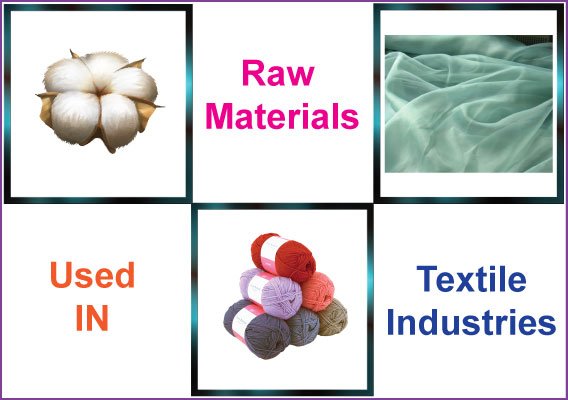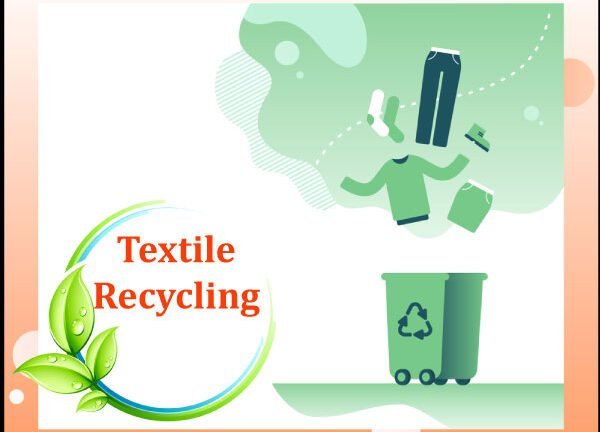Different Types of Machine used in Garment Washing Plant: Wet Process
The machine which we use directly for washing is called washing machine. Washing machines are used in the washing plant. We can do all types of washing with these washing machines. Washing machines can also be used for garments dyeing. Sometimes after washing these machines are also used for spinning purpose. But spinning is only[…]






